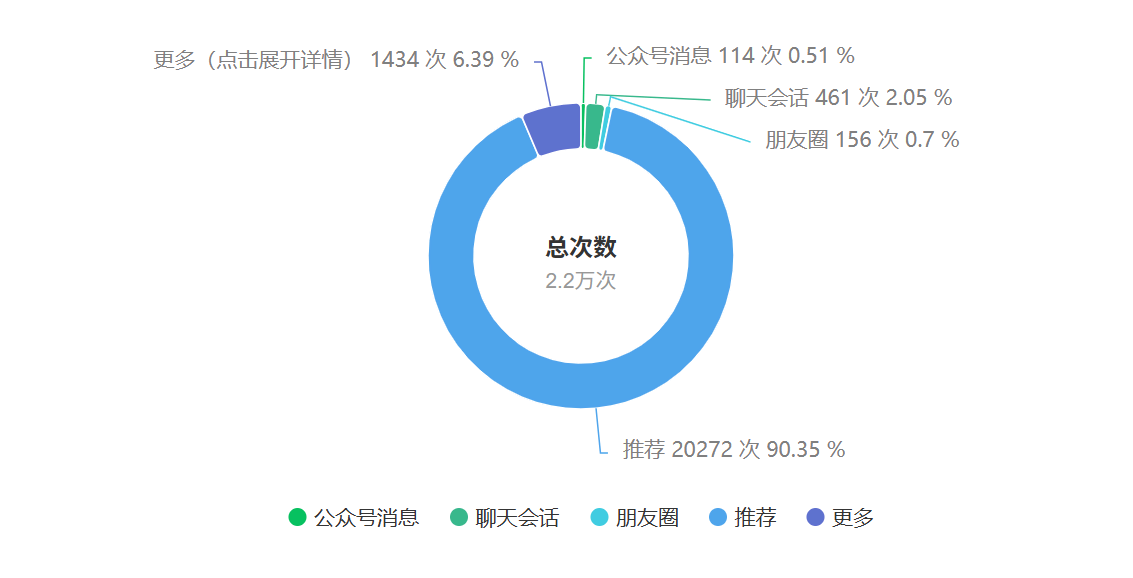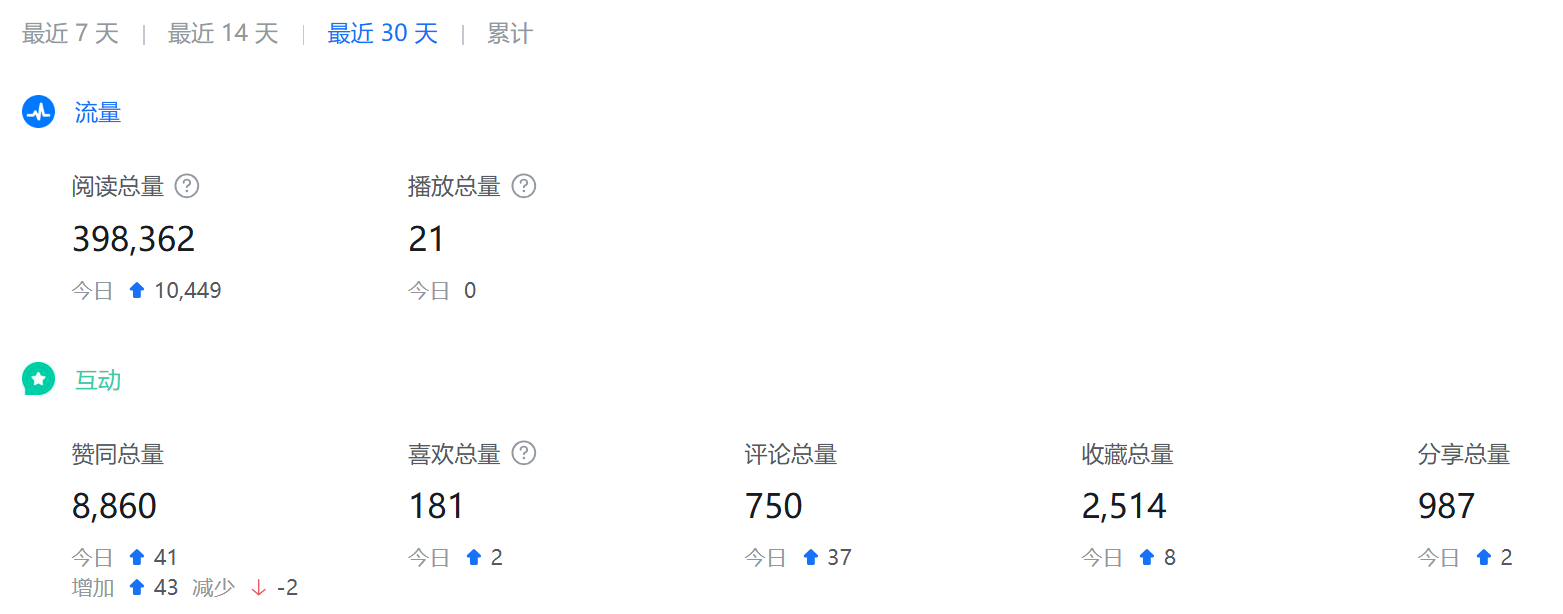The Difference Between Writing for WeChat Official Accounts and Writing for a Blog

It has been exactly 10 days since Lawtee officially started using a WeChat Official Account on September 1st. These 10 days feel both short and long. Short, because compared to Old T’s journey of online writing since 2008, these 10 days are almost negligible. Long, because these 10 days have been the most rewarding period in Old T’s 17 years of writing, filled with novelty and challenges.
A Brief Review of the WeChat Official Account
Over these 10 days, Old T’s WeChat Official Account has published 10 articles. Eight of them were migrated from the blog, and only two were recent original pieces.
Among the eight migrated articles, the first four were basically copied and pasted directly from the blog, while the latter four underwent extensive revisions, almost equivalent to being rewritten entirely.
The total readership for these 10 articles reached 22,000, with the highest at around 10,000 and the lowest at 17.

Additionally, Lawtee received the first appreciation (tip) from a netizen in Anhui, @Chulixia. A heartfelt thank you!
The Differences Between WeChat Official Accounts and Blogs
Initially, Lawtee thought a WeChat Official Account was just another platform for publishing information, where existing articles could be simply reposted. However, due to WeChat’s inherent social nature, this idea was quickly shattered. While WeChat Official Accounts and blogs may seem like similar writing platforms, they differ significantly in essence, especially in terms of dissemination mechanisms, reader interaction, and writing requirements. Below, Lawtee shares some key differences based on personal experience from these 10 days.
Recommendation Algorithms vs. Search Rankings
The core of WeChat Official Accounts is the recommendation algorithm, which acts like an invisible editor, constantly deciding whether an article will be pushed to a wider audience. Lawtee felt constantly influenced by the algorithm these days: article titles need to be catchy, content must cater to readers’ tastes, and even the timing of publication matters.
For example, Old T’s WeChat Official Account has a total readership of about 22,000, with 90.4% of it coming from algorithm recommendations. If the algorithm doesn’t favor Old T’s articles, they remain dormant in the backend, with minimal readership.
In contrast, a blog is more like a quiet library, primarily facing search engines. Once an article is published, it’s thrown into the vast ocean of the internet, leaving users to search and discover it on their own. There’s no algorithm “preference” to influence it. Whether it’s professional knowledge or personal insights, the content is simply shared, with keywords set, waiting for the right person to find it. For instance, many of Old T’s blog articles were written over a decade ago but still generate traffic through search engines.
This difference creates entirely different writing mindsets. On WeChat, Lawtee has to constantly ponder, “Will the algorithm push this?” On the blog, Lawtee only needs to ask, “Is this content valuable?”
Subscriber Count
The value of a WeChat Official Account largely depends on the number of followers. The more followers, the more stable the push notifications and the higher the baseline readership. Over these 10 days, Old T’s followers grew from 0 to over 100, mainly through algorithm recommendations. However, with such a small follower base, new articles can easily go unnoticed.
For blogs, the number of subscribers (e.g., via RSS or email) is less critical. Blog readers often come from scattered search traffic, and subscriptions are just the icing on the cake. Lawtee doesn’t have many blog subscribers, but through SEO optimization, articles continue to attract new visitors. In short, WeChat is more like a “fan economy,” while blogs have always been about the “long tail of content.” The former relies on accumulating popularity, the latter on accumulating content.
Additionally, Lawtee would like to mention another frequently used platform, Zhihu, which operates on a completely different logic. Zhihu doesn’t rely on follower count, search engines, or even algorithm recommendations in the same way. By default, it uses algorithms to push questions to all potential creators and readers. Creators only need to answer questions recommended by Zhihu to gain substantial organic traffic, which can be seen as another form of “algorithmic equality.” For example, Old T’s answers to a few questions on Zhihu in the past month accumulated nearly 400,000 reads, most of which came from users clicking on pages after being attracted by the questions. Whether as a creator or a user, Lawtee doesn’t have to worry about the influence of algorithms or follower counts.

Writing Style
After these 10 days, Lawtee feels that the WeChat Official Account ecosystem isn’t suited for overly long or highly specialized writing. Most readers are using fragmented time to read, scrolling through Moments or subscription feeds, and they prefer short, straightforward content. Lawtee put great effort into writing several articles over 5,000 words, such as analyzing India’s rape rates or studying how foreigners view the 2015 military parade, but the articles with the highest readership and recommendations were practical ones under 2,000 words about Feiniu NAS. Of course, this could also be due to content differences, as the longer articles were explicitly denied recommendations by the WeChat backend after review.
Blogs, on the other hand, emphasize professionalism and depth. There are no restrictions, so one can elaborate freely, even writing 10,000-word articles without issue, because readers come through active searches and often have specific needs. The long-form content Lawtee writes on the blog may not have high readership, but the feedback is more professional, and reader discussions are more in-depth. WeChat is like fast food, while blogs are like a full-course meal—the former seeks speed, the latter seeks refinement.
Uncertainty of Recommendation Restrictions
WeChat’s operational guidelines contain over 23,000 words and hundreds of clauses, which is no exaggeration to say they cover everything. However, creators don’t know the specific thresholds of these guidelines; they can only infer from the push review results after submitting an article. Lawtee still hasn’t figured out why the least-read articles weren’t recommended, as the backend notification simply states: “Does not comply with WeChat Official Account platform operational guidelines.”
Blogs don’t have these worries. As long as the content is lawful, search engines will crawl it, and users will judge for themselves. At most, it’s a matter of SEO optimization, but it’s transparent and controllable.
Conclusion
In summary, these 10 days have made Lawtee deeply realize that WeChat Official Accounts are more like a game of algorithms, requiring constant trial and error and optimization. Blogs, on the other hand, are better suited for personalized creation, focusing on long-term value. Of course, the two aren’t mutually exclusive. Lawtee will continue to pursue both, keeping both platforms updated simultaneously. Hopefully, these insights will be helpful to other creators. If you’ve had similar experiences, feel free to leave a comment and share!